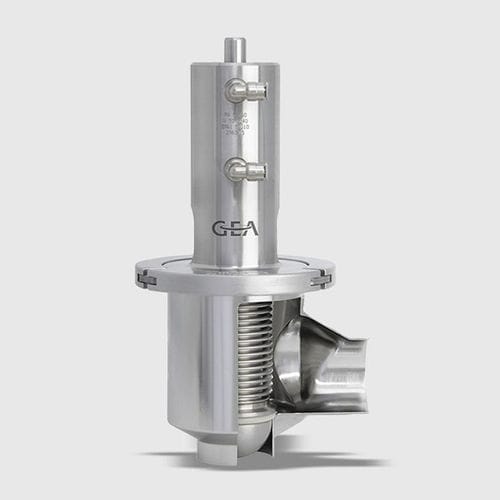Aseptomag® single-seat back-pressure valves are used to regulate a pre-defined pressure in UltraClean and Aseptic processing plants.
The desired back-pressure at the valve seat is reached by supplying compressed air to the pneumatic actuator. A welded stainless steel bellows is used to hermetically seal the product area from outside contamination. This special design and the durable valve seat seal made of Tefasep® enables optimum process and product safety.
Main Components
Housing
Housings for back-pressure valves are available with two or three port connections. The valves are produced with butt-weld connections by default. Mixed port connection sizes as well as various aseptic pipe connections are available upon request.
Internal Assembly
The internal assembly is available with or without a shrunk or screwed valve seat seal. In addition to the standard sealing material Tefasep® , other material options such as PTFE and EPDM are also available.
Actuator
Aseptic back-pressure valves are equipped with an air-closing / air-opening (LL) pneumatic actuator made of stainless steel.
Clamp
Due to its solid construction, the clamp enables a pressure stable and safe connection of the main components. The special design with three segments allows a service-friendly handling of the component, even under tight space conditions.

